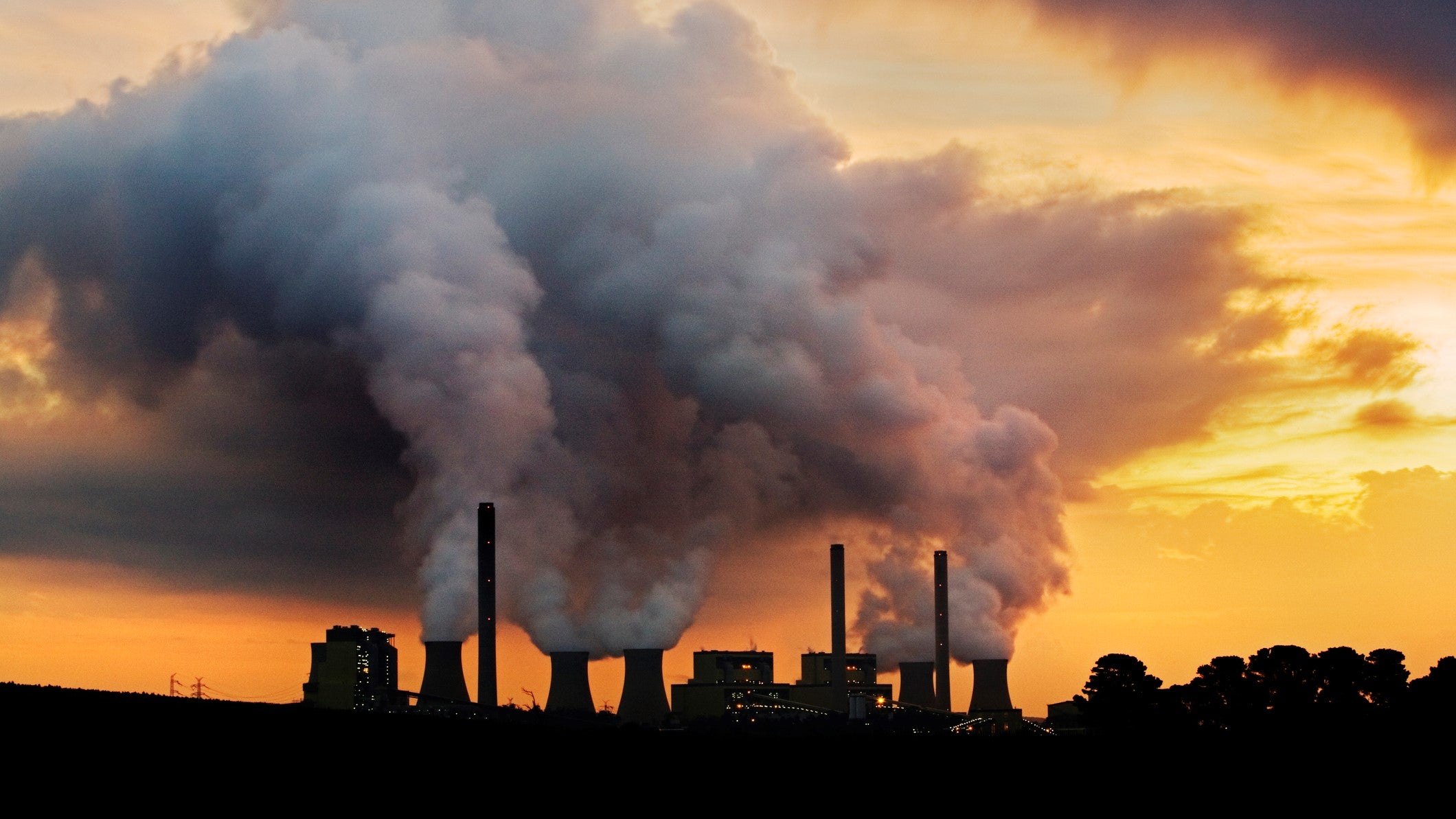
Australia’s grid operator has warned that, without innovation and proper investment, the country is at high risk of power shortages.
Sixty-two percent of Australia’s coal power fleet is set to be retired over the next decade, as the country looks to decarbonise. A recent report from the Australian Energy Market Operator (AEMO) has heralded the shift as an “opportunity… unparalleled in Australia’s energy history”. However, it also stressed that plans alone are not sufficient, and that “imminent and urgent investment is needed”.
Coal-fired plants still provide the majority of Australia’s electricity. New plans for greener transmission, generation and storage projects will reduce Australia’s carbon footprint, but the AEMO’s current estimations predict that several areas will fall below the reliability standard, leaving them at risk of power shortages.
Specifically, the AEMO forecasts high-reliability risks in four areas: South Australia in summer 2023-24 and from 2028-29; Victoria in summer 2023-24 and 2026-2027; New South Wales in 2025-26 and Queensland in 2029-30 and 2030-31.
Research from GlobalData, Energy Monitor‘s parent company, indicates that coal capacity has been in decline in Australia since 2012, predicting that its levels will have almost halved by 2035. This is partly due to the impending closure of several large coal-powered plants. Without adequate alternatives installed, this drop in capacity represents a short-term threat to reliability, particularly in a country with a rapidly growing population.
AGL Energy will close the Loy Yang A Power Station in 2035 (a decade earlier than originally planned), whilst EnergyAustralia will close the Yallourn coal plant in 2028. Yallourn is based in Victoria, leaving the area exposed to possible power shortages, as it is expected to fall below the reliability standard in 2029-30. Origin Energy will also be shutting down its only coal-fired plant, Eraring Power Station, as early as 2025.
However, there has been investment in alternatives, as well as increased innovation. GlobalData has tracked rapid growth in solar and wind power capacity in Australia since 2013 and predicts a continuation of this trend over the next 12 years. Patent data also indicates that solar and wind are successful and growing industries nationally. This growth would contribute to the reliability of power in Australia, reducing the risk of power shortages.
These concerns around likely power shortages coincide with wider frustration in the conversation about energy storage in Australia. The delayed and increasingly expensive development of Snowy Hydro 2.0 has become controversial, with the large-scale pumped hydropower project is now estimated to cost almost $13bn, a huge $11bn more than was originally estimated. The issues have led some to believe that massive aggregations of co-located stationary battery energy storage systems (BESS) could provide better energy stability, while also being cheaper and faster to deploy.
Seeking innovative and realistic solutions has thus been a focal point in conversations around energy reliability in Australia. The AEMO report specifically emphasises the role of innovation, referencing the importance of rapid development and installation of new power technologies, in order to reduce the risk of shortages: “Additional market-led developments in renewable and firming technologies … also have the potential to further reduce risks.”
An increase in patent filings around wind and solar technology suggests that innovation has already been an important factor in Australia’s move to cut carbon. The country's target is to cut emissions by 43% by 2030, compared to 2005 levels.
Our signals coverage is powered by GlobalData’s Thematic Engine, which tags millions of data items across six alternative datasets — patents, jobs, deals, company filings, social media mentions and news — to themes, sectors and companies. These signals enhance our predictive capabilities, helping us to identify the most disruptive threats across each of the sectors we cover and the companies best placed to succeed.




